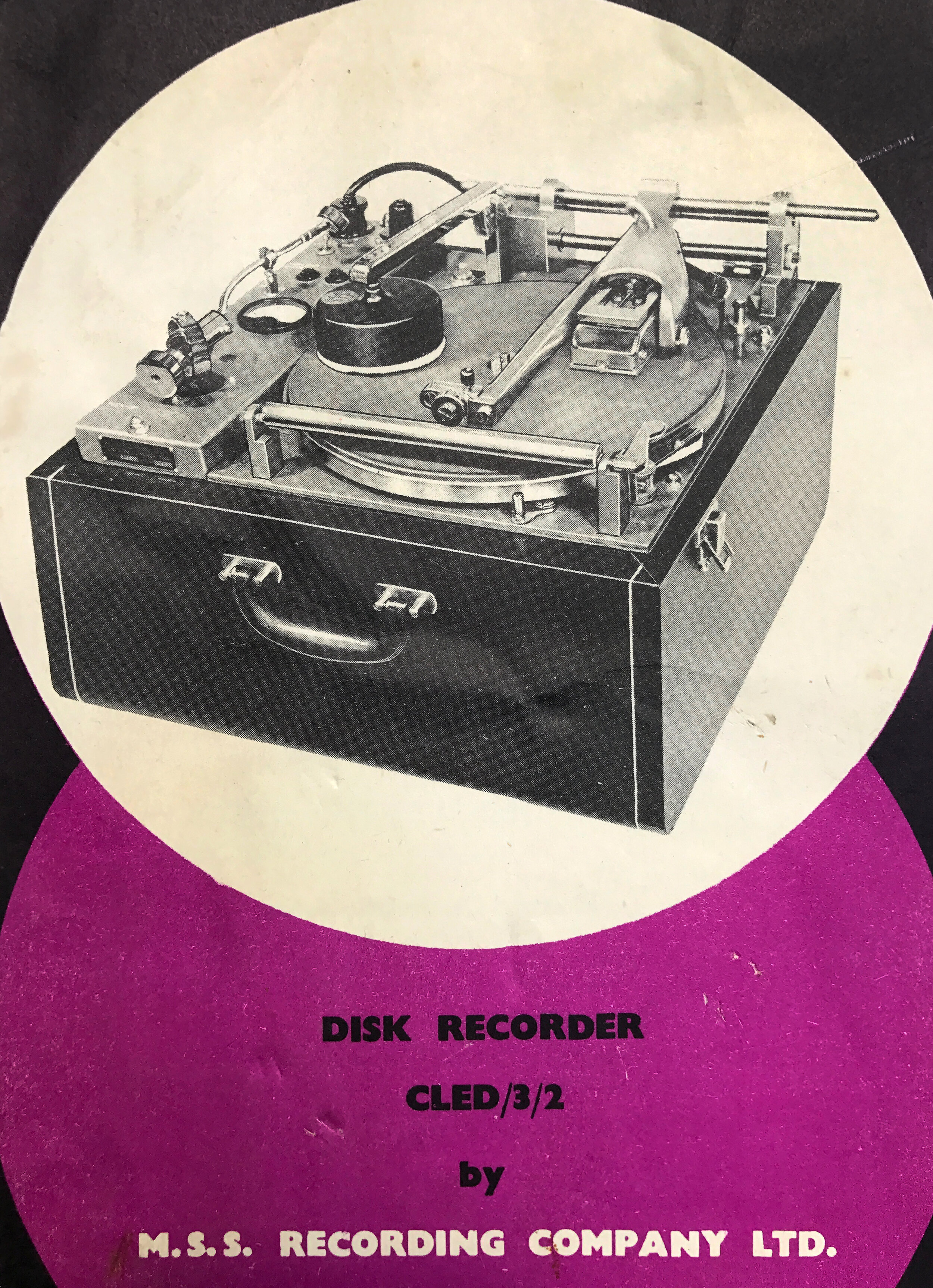The machines used to make x-ray records are called ‘lathes’. In the latest edition of our Bureau of Lost Culture Show on Soho radio, we dig deep into the strange art of lathe recording with US vinyl artist Mike Dixon and Jim MGuinn professional lathe cutter, both experts in the field of short run and handmade records.
A lathe operates as a kind of record player in reverse. With a lathe, instead of a needle there is a cutting head that vibrates and ‘writes’ a groove into a spinning blank disc when an audio signal is fed into it. The resulting disc can be played back just like a conventional record.
The process is quite different than the pressing method by which conventional records are made. Pressing involves the creation of a master matrix that is stamped into soft hot vinyl. Pressing is a mass production method – many discs can be made quickly and all are exactly the same. Recording with a lathe is generally done in real time, one disc at a time, and each record is slightly different than all the others.
The lathe we use to cut x-ray records live is a 1957 MSS - MSS made lathes for the BBC to make recordings in the field and for transcription purposes. The Soviet bootleggers built their own lathes based on ones that had been smuggled into the USSR or brought back as war trophies after the second world war.
We have a homemade Soviet lathe built by a bootlegger in the early 1960s as part of then music exhibition.
In the program, we also hear about chocolate records, ice records, records made from road signs and escalator hand rails, cutting records live for an American sports team, Nazi transcription machines, wire recorders and much more esoterica from the arcane byways of audio history...
Find out more about Mike HERE

